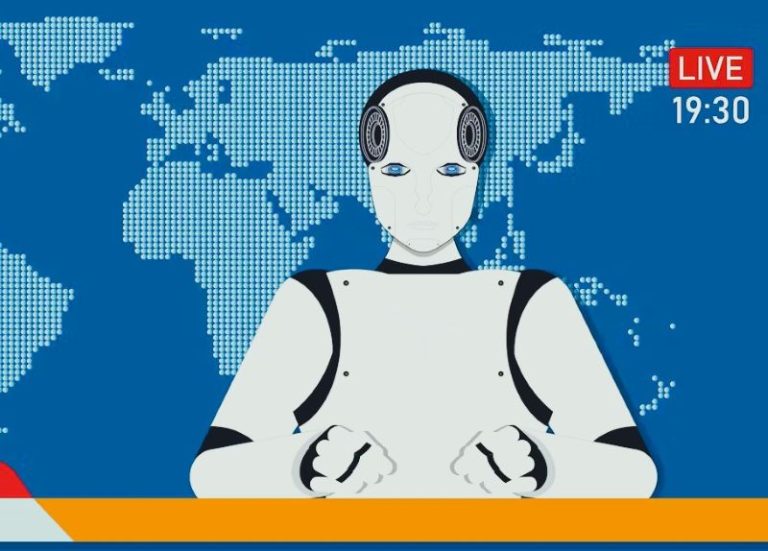

If used wisely, this could catalyze fresh research, inclusive career pathways, and a new wave of AI-fluent intellects. If misused, it risks turning classrooms into gigs.

By Matthew A. McIntosh
Public Historian
Brewminate
Planting Seeds in the Next Generation
When Google unveiled a three-year, $1 billion commitment to bring artificial intelligence training and tools to colleges and nonprofits in the U.S., it did more than make headlines. It positioned itself at the center of a subtle but growing tectonic shift in how higher education approaches AI.
The initiative, already joined by more than one hundred universities, including big public systems like Texas A&M and UNC, includes a mix of direct funding, cloud credits, AI literacy programs, and access to advanced tools such as Gemini and NotebookLM. It is shaped in a way that feels less like charity and more like a strategic infusion into academia’s bloodstream.
The Ambitious Offer: Access, Tools, Money
Rewiring AI Access on Campus
At the heart of the program is the Google AI for Education Accelerator. Through it, every U.S. college student may soon access premium AI tools, for a year at least, at no cost. This includes access to Google AI Pro features, the Gemini 2.5 Pro model, NotebookLM, and twice the storage. This isn’t slimmed-down toolkit for students; it is the core of emerging AI workflows.
Beyond tools, the pledge includes funding for AI literacy training, research projects, and career preparation courses designed to make Americans fluent in AI before entering the job market. And while Google has not broken down exactly how much goes into grants versus infrastructure, this is a rare blend of generosity and brand positioning.
A Calculated Move in a Competitive Arena
Google’s initiative arrives alongside similar commitments from Amazon, Microsoft, OpenAI, Anthropic, and Meta, all vying for influence in an evolving AI-educated generation. Providing tools now anchors brand loyalty, but it also places Google in classrooms in a way no textbook publisher ever could.
As Sundar Pichai wrote, this generation of students are becoming the first “AI natives.” Their expectations may soon be shaped by colored interfaces and voice prompts, and Google is placing itself at the controls. He framed the initiative as deeply personal, access to tech changed his life in grad school. Now he hopes it can open opportunities for the next generation.
Why It Matters (and Not Without Risks)
Democratizing Tech or Shaping Its Narrative?
On the surface, this initiative is about access and equity. College students across geography and socioeconomic lines obtain tools that once existed behind closed labs. It speaks to an era where AI is not a luxury but infrastructure.
Yet there’s a native tension. Google’s tools are not value-neutral. In offering worst-of-class chatbot assistants and note-taking engines, it begins to standardize the culture of AI itself. Students may come to expect AI in every essay, presentation, and brainstorming session, through Googles face.
A Response to Educational Concern and Pragmatism
Universities and nonprofits must adapt or risk lagging behind. That urgency is real. As institutions struggle with how to teach ethics, avoid cheating, and maintain critical thinking, the pressure to define AI boundaries grows.
Here, Google offers a form of scaffold. But that makes them a partner in curriculum with enormous influence. The risk of dorm-room prompts eclipsing office-hour discussions is not imaginary.
The Road Ahead: Questions, Opportunities, and Power
Assessing Impact, Measuring Success
Will the initiative ignite genuine AI literacy, or simply train students in brand-front styles of computing? If institutions embrace the tools for democratizing research, that is a win. If they use them as replacements for investment in pedagogy, that’s a red flag.
A Long-Term Cultural Shift
For now, Google is offering tools and funds. The next question is how institutions steward them. If used wisely, this could catalyze fresh research, inclusive career pathways, and a new wave of AI-fluent intellects. If misused, it risks turning classrooms into gigs for voice-activated slides and AI-driven term papers.
But amid skepticism and hope, one thing is clear: Google is no longer a guest in ivory towers. It has entered classrooms, labs, and Wi-Fi zones, and for better or worse, it is helping define what AI education will look like in years to come.
Originally published by Brewminate, 08.21.2025, under the terms of a Creative Commons Attribution-NonCommercial-NoDerivatives 4.0 International license.


